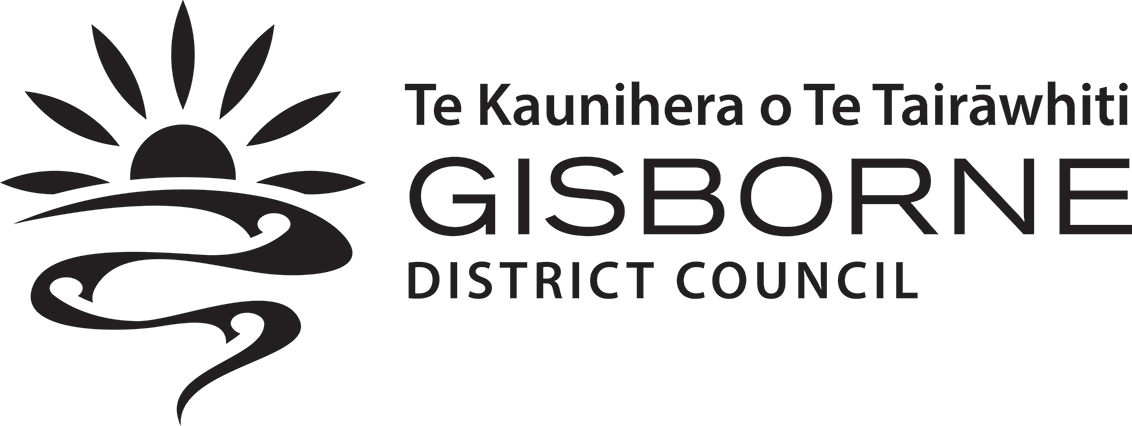3 October 2025
The end of the first year of Council’s three-year recovery plan was marked by progress, resilience and a strong financial footing, as detailed in its 2024/25 Annual Report adopted at yesterday’s meeting.
Mayor Rehette Stoltz said the Annual Report demonstrates both what has been achieved and the challenges that remain.
“This has been a year of rolling up our sleeves – restoring our critical infrastructure and healing our environment, from getting our roads reconnected, to strengthening stopbanks and advancing projects like Waingake Transformation. The Annual Report shows that we’re delivering where it counts while keeping the day-to-day running of Council on track.”
Major progress for communities:
- Roading: Of more than 3,000 road faults logged after Cyclone Gabrielle, 98% of minor slips are repaired, and planning for 95 complex sites is underway. Repairs to 42 bridges are finished, with planning for the rebuild of St Leger, Mata Huiarua and Grays bridges already advanced. Tiniroto Road bypass around Hangaroa Bluffs are finalised, with construction scheduled to begin in December 2025.
- Flood protection: Stopbank upgrades on the Waipaoa River continued at pace, with 6km completed this year. With NIFF funding support, the upgrade will be delivered by 2027, four years earlier than originally planned.
- Community support: 58 Category 3 property buyouts settled, providing certainty for households living with severe land risk, while property-level mitigations began for Category 2 homes. 20 of 23 community-led recovery plans are now developed and funded, giving locals the tools to set their own priorities alongside Council investment.
- Environment: More than 567,000m³ of large woody debris has been treated since 2023, using new aerial and AI detection technology to speed up removal and safeguard waterways.
- Sustainable land use: The Transition Advisory Group has finalised the first set of guidelines to support landowners in moving vulnerable land into permanent vegetative cover, marking a milestone in reshaping land management for the long term.
- Community facilities: Planning is underway for Stage 2 of Kiwa Pools, with outdoor play areas, hydro slides and basketball courts to create a hub for whānau recreation.
In Waingake, more than 400 hectares of former pine land has been restored to indigenous ngahere, protecting biodiversity and water quality.
“These achievements show a region pulling together,” says Mayor Stoltz.
“From the large-scale infrastructure builds to small but meaningful projects like township upgrades and planting days, this report reflects the resilience, creativity and determination of our people.”
Finances stable and sustainable
Financially, Council’s long-term debt is $197.8m, in line with planned borrowing within the Three Year Recovery Plan well within debt limits - and comparatively low alongside other similar councils.
Council reported an operating surplus of $30.5m as a result of external grants to be applied towards recovery projects and reducing the need to borrow more.
The organisation is in a stable financial position, carefully balancing recovery costs with affordability for ratepayers.
Chief Executive Nedine Thatcher Swann said borrowing is a deliberate, strategic tool.
“It allows us to invest in the big projects now – safer bridges, stronger stopbanks, resilient water supply – while spreading costs fairly.”
“We're borrowing because our region simply can't afford to pay for everything it wants upfront. Just like households with mortgages, we're spreading the cost of major investments over time so we can deliver the services and infrastructure our community needs now, without placing the full burden on today's ratepayers for assets that will benefit future generations as well."
Before Cyclone Gabrielle, rates provided around 60% of Council’s income. In 2024/25, rates contributed just 37%, with the majority of funding coming from Crown support and insurance.
This year, Council has received $123m external grants. This supported works roading network recovery, flood resilience, Category 2P and 3 buyouts and woody debris removal.
Mayor Stoltz said the numbers in this report give confidence. Our debt is under control, our investments are building resilience.
“This means every local dollar is going further, because we’ve leveraged external funding to make it work for our community.”
The Annual Report makes clear that while the scale of recovery is immense, Council is on track to deliver – with a clear plan, sustainable finances and partnerships in place.
